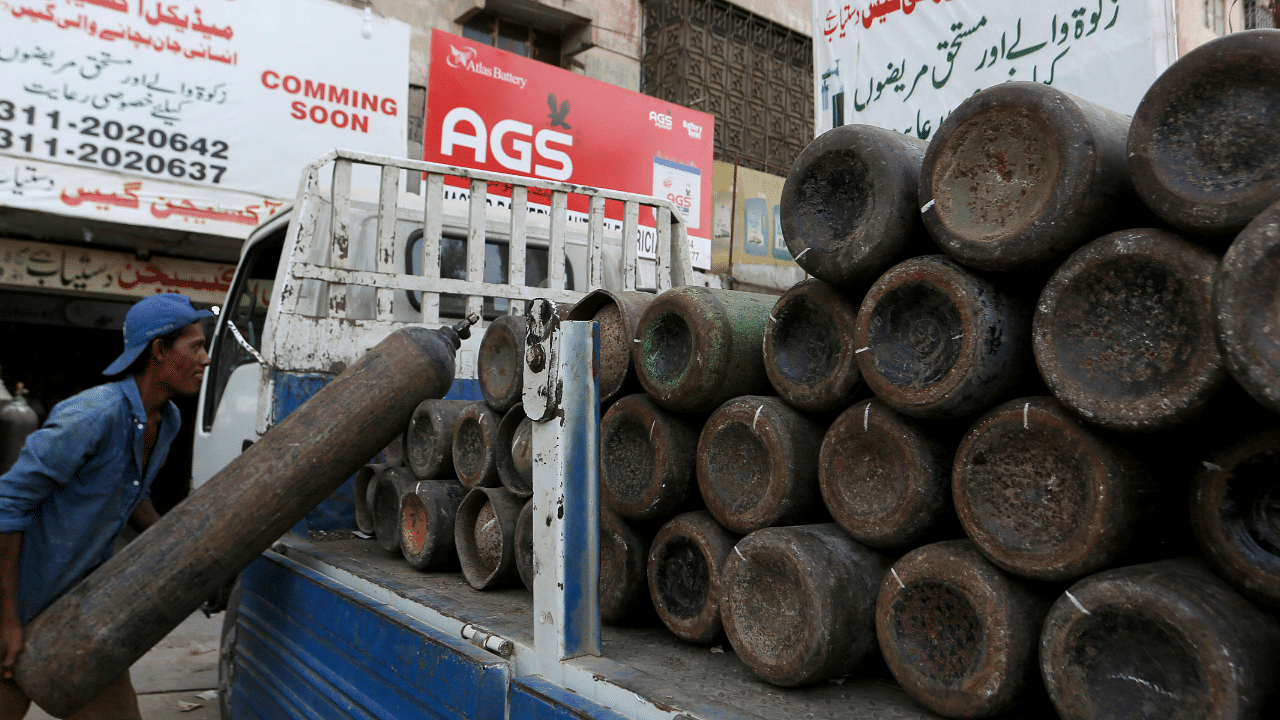
The severe medical oxygen shortage that claimed many lives during the second Covid wave prompted Karnataka to announce new measures.
But these measures won’t be enough to meet the oxygen requirement if another major surge happens, according to a report released on October 19 by the non-profit One Health Trust.
The report states that Karnataka contributes 10-15% (over 1,350 metric tonnes per day - MTPD) of the daily oxygen production in the country through Air Separation Units (ASUs). Yet the state fell short of meeting 41% of the medical oxygen requirement during Covid. This is because ASUs primarily cater to industries, and the logistics of oxygen storage and transport are poor in Karnataka as in other states.
The report estimates that Karnataka’s medical oxygen requirement stood at 140 MTPD this March. Of this, only 110 MTPD is supplied. “The current requirement must be more or less met since we don’t hear reports of hospitals or individuals seeking oxygen,” says Prashanth Arukia, Implementation Partner, One Health Trust.
But in case of another surge like the second wave, the requirement would be 10 times the current supply — 1,200 MTPD. And, if the state’s testing was as high as that of states like Kerala during the second wave, the need would be even higher at 1,680 MTPD.
Since Covid, the government has tried to fix the gap by trying to open new Pressure Swing Adsorption (PSA) plants for production, and by installing liquid medical oxygen tanks for storage, at the hospital level. But these measures have limitations, says the report. PSA plants are localised units that generate only a fraction of the oxygen that large ASU plants make.
For a hospital, the capital expenditure and maintenance and electricity costs of PSA plants are high, and the purity of oxygen produced is lower. Because of this, PSA plants installed in many hospitals across cities in the aftermath of Covid are lying unused, says the report.
Many installed plants are not yet commissioned because of pending issues like purity checks. And those commissioned were largely unused and reserved for future emergencies, making the costs unviable for hospitals. So, despite the installed capacity, the utility of these new PSA plants is questionable.
Also, the liquid medical oxygen storage in district and taluk hospitals is too fragmented, says the report. Tanks of 6,000 litres are installed in 13 district hospitals, and 1,000 litres in 11 taluk hospitals. But in case of a demand surge in a certain part of the state, there is no mechanism to aggregate and transport oxygen from these plants to that area.
One Health Trust is now working with the State Health Department to create an ‘oxygen grid’ for timely oxygen supply, in 2-3 pilot districts. The districts will be finalised over the next week, Arukia says.